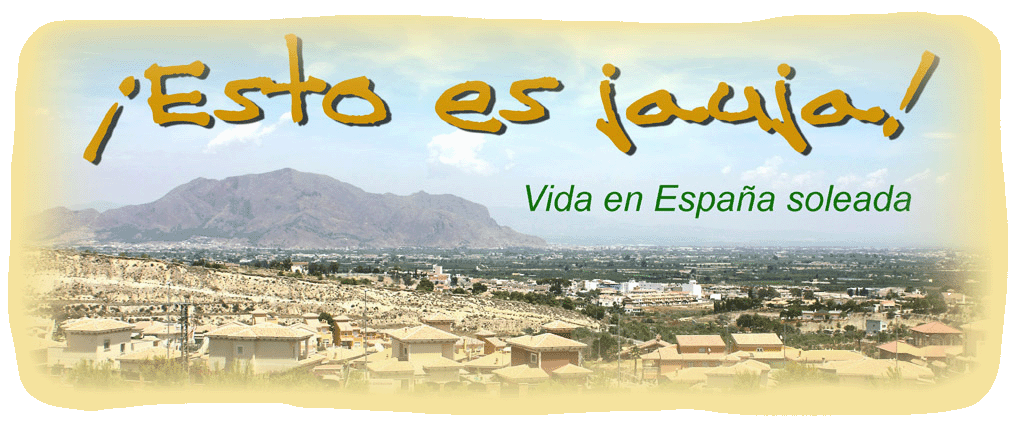 The future of work, according to Google, will take place in woodland glades and wildflower meadows, next to trickling streams and verdant allotments, among bike paths and yoga classes and gushing fountains, with fresh produce on tap. It will be a pastoral utopia-with-WiFi, all safely swept beneath a series of gigantic glass tents.
The future of work, according to Google, will take place in woodland glades and wildflower meadows, next to trickling streams and verdant allotments, among bike paths and yoga classes and gushing fountains, with fresh produce on tap. It will be a pastoral utopia-with-WiFi, all safely swept beneath a series of gigantic glass tents.
Silicon Valley’s mother of all tech companies has today unveiled plans for its gargantuan new headquarters in Mountain View, California, designed by global star architects Bjarke Ingels and Thomas Heatherwick. And it looks like a futuristic Center Parcs.
The proposal takes the form of a series of vast greenhouses, nestling like misshapen dew drops in the suburban landscape of Mountain View, beneath which a flexible series of structures can accommodate all manner of interdisciplinary, cross-pollinating, hot-desking tasks. And lots of swoopy bike paths.
“The idea here is simple,” says David Radcliffe, Google’s vice-president of real estate. “Instead of constructing immoveable concrete buildings, we’ll create lightweight block-like structures which can be moved around easily as we invest in new product areas.”
At the core of the plan is the dream of ultimate flexibility, a future-proofing strategy based on the idea that we don’t know what work will be like in 10 or 20 years’ time. It’s treating architecture as software, imagining a building that can be continually updated just like the latest apps.
Nice place to work but unfortunately, it will still mean hours spent at a desk staring at a computer. In the end, work is still work whatever the environment it takes place in.












![10959574_424632194357929_7545821162330890965_n[3] 10959574_424632194357929_7545821162330890965_n[3]](http://lh3.ggpht.com/-UA2ZeYrL67I/VOg7EJDCixI/AAAAAAAAQlg/Yr5mNTNVyMc/10959574_424632194357929_7545821162330890965_n%25255B3%25255D_thumb.jpg?imgmax=800)


















